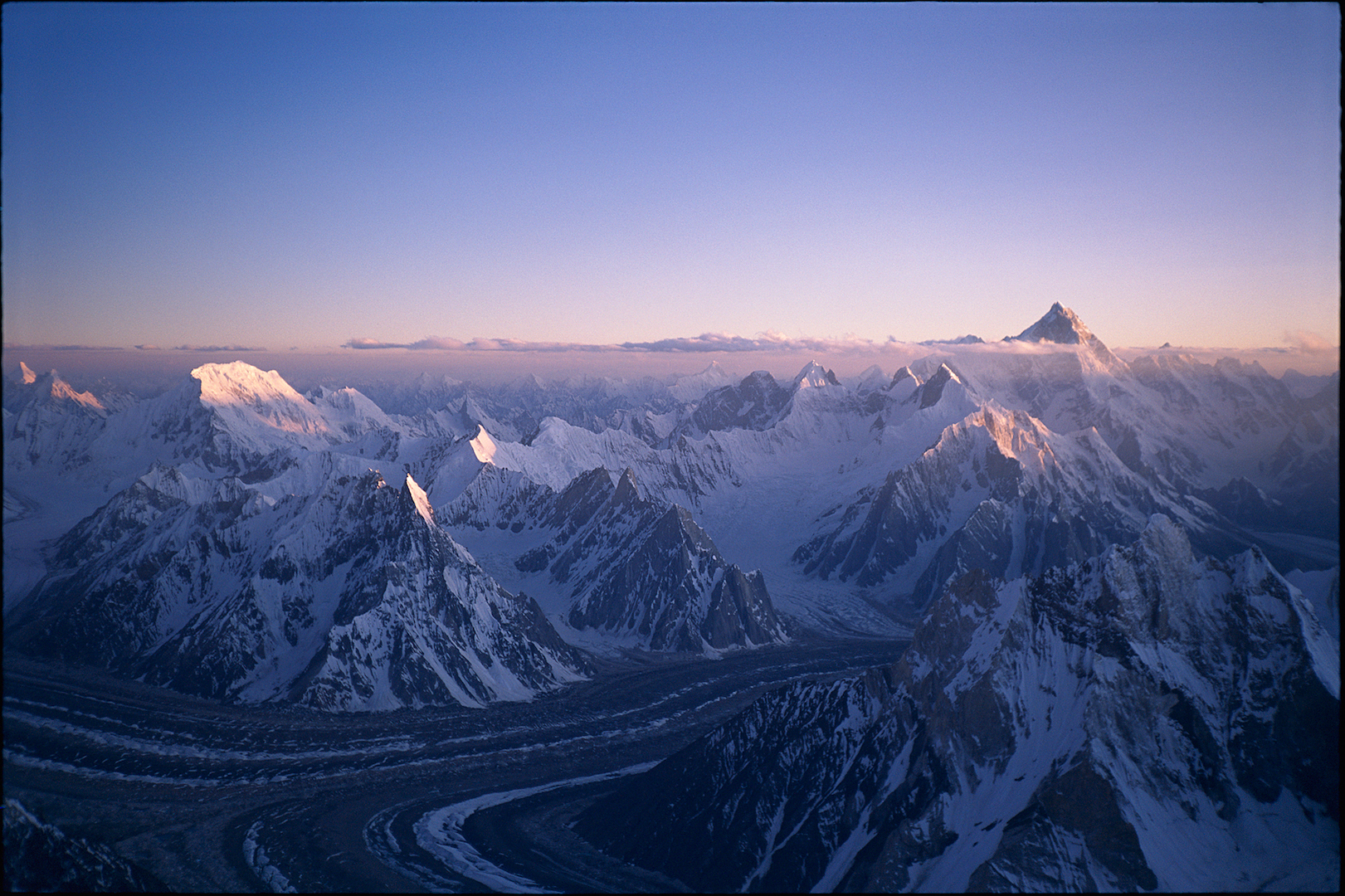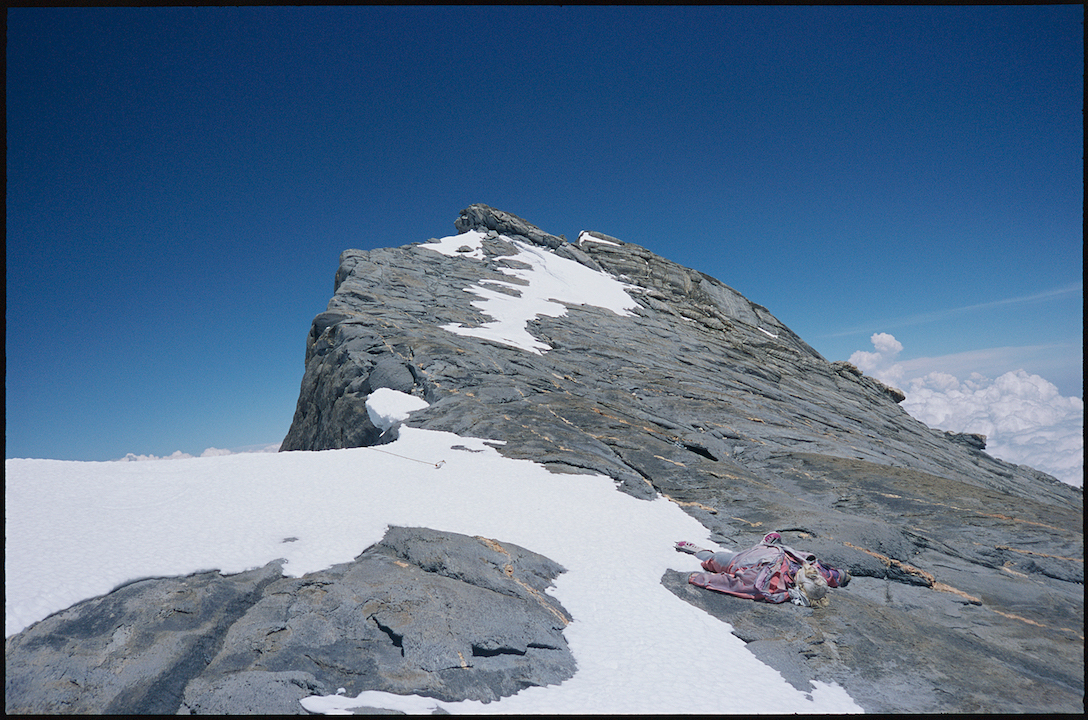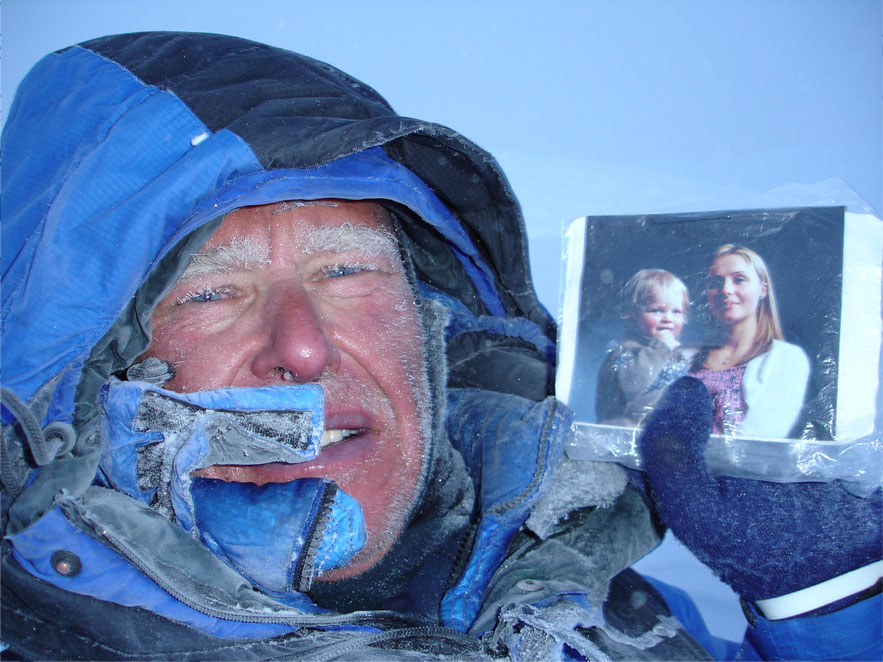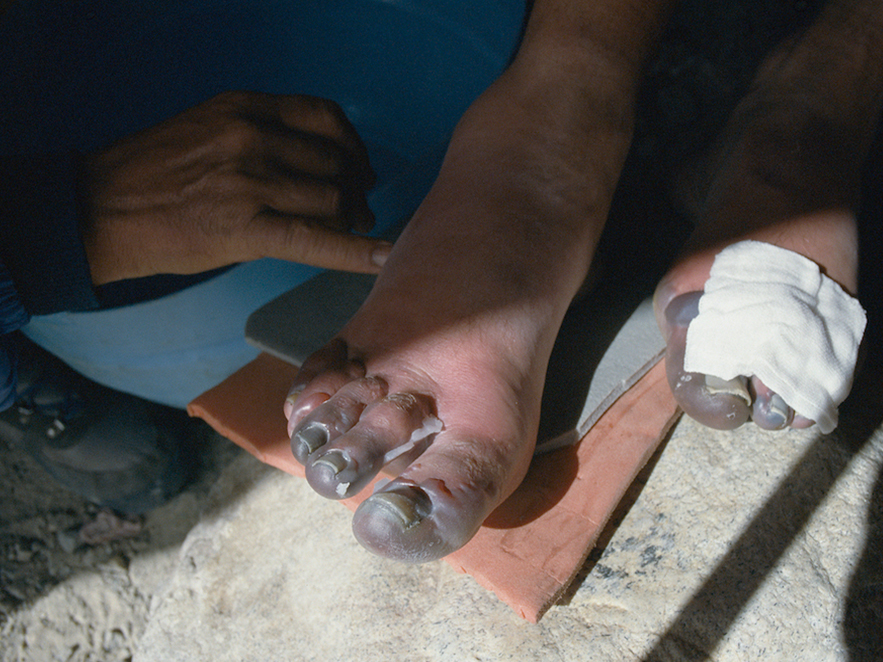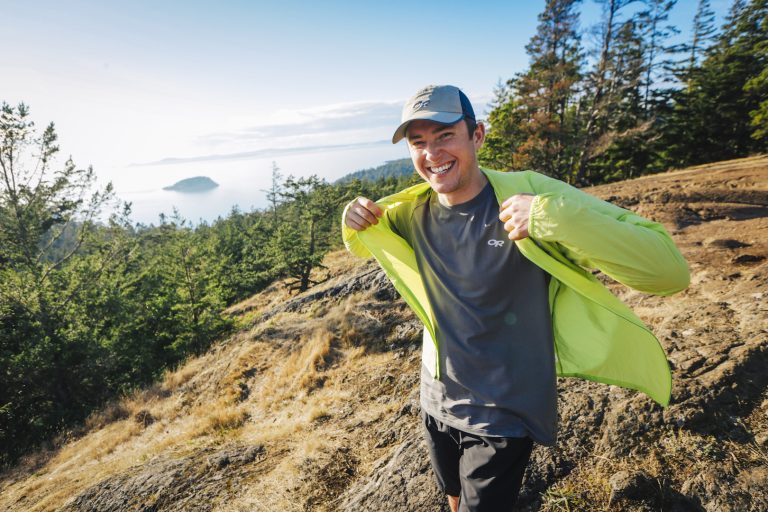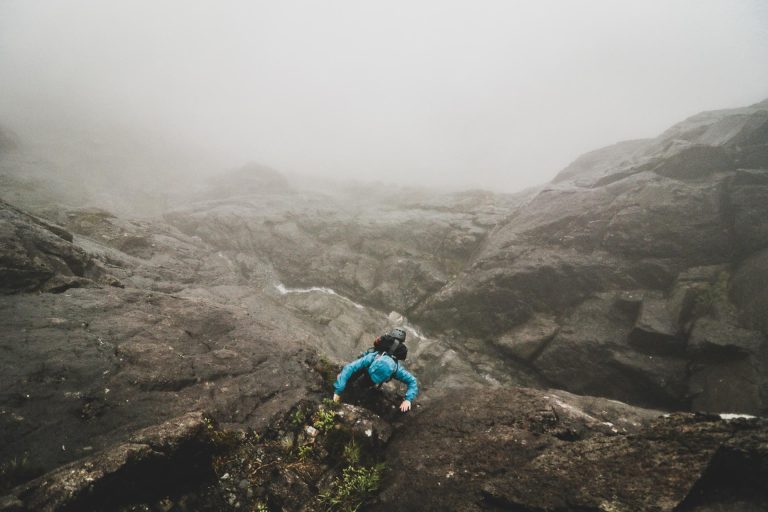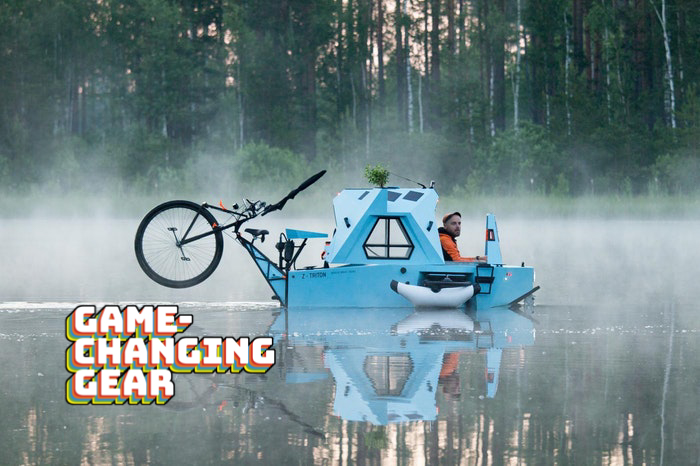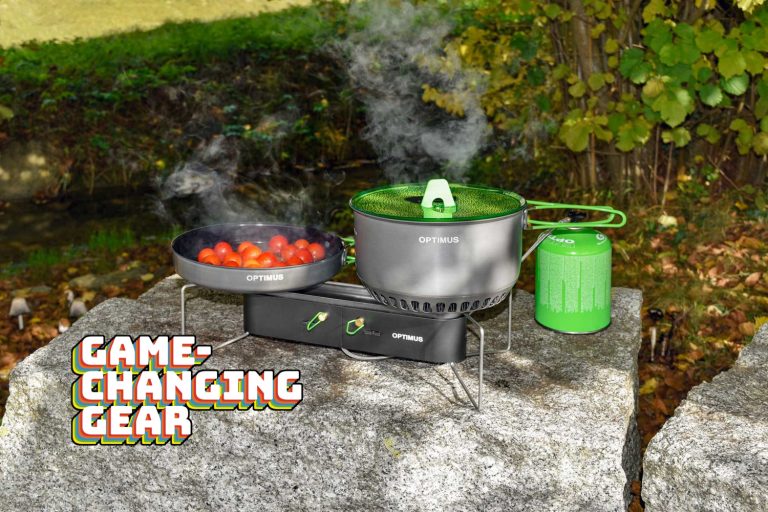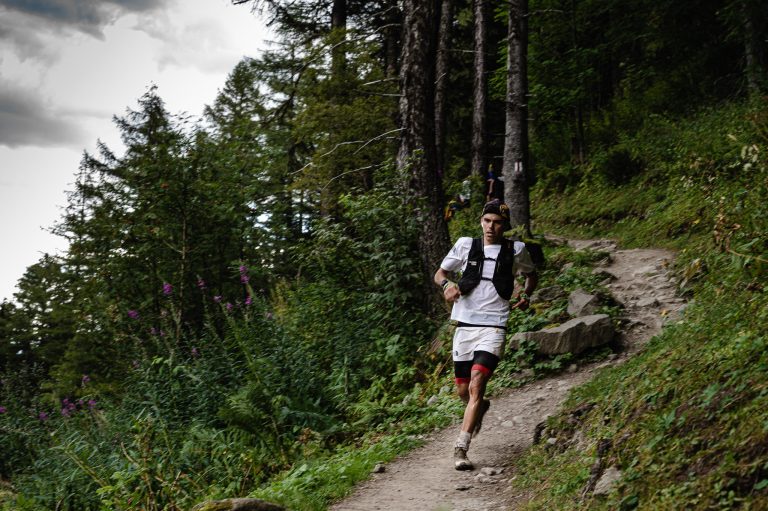“My head ached and my body felt like it was being crushed in a vice. Climbing at extreme altitude is agony. Torture. Yet even through that haze of suffering, my oxygen-starved brain was aware of the intense seriousness of my situation. No celebration was due yet. I was completely alone on the summit of K2, the world’s second highest and possibly hardest mountain. Now I had to get down.
**Warning: This article contains some graphic images.**
“Some of the world’s best climbers have died descending K2. Many have been killed in good weather, with optimum conditions and in daylight. It was now between 6.30 and 7.00 pm and the light was already fading. I would be descending in the dark.
“Essentially there are 3 cures: descent, descent, descent.”
“I had to keep reminding myself, ‘I must get down in one piece. No mountain is worth a life, or a finger or toe to frostbite. Returning from an expedition is a success. The summit is only a bonus.’ I had to concentrate on the descent back to the world, back to my daughter Fiona.
“As the sun dropped and the temperature plummeted even lower, K2 began to cast a huge triangular shadow across the Earth. The temperature was 40 below and in the bitter cold I realised frostbite was a real danger. I checked my head torch and, drawing on many years of mountaineering experience, started my descent.”
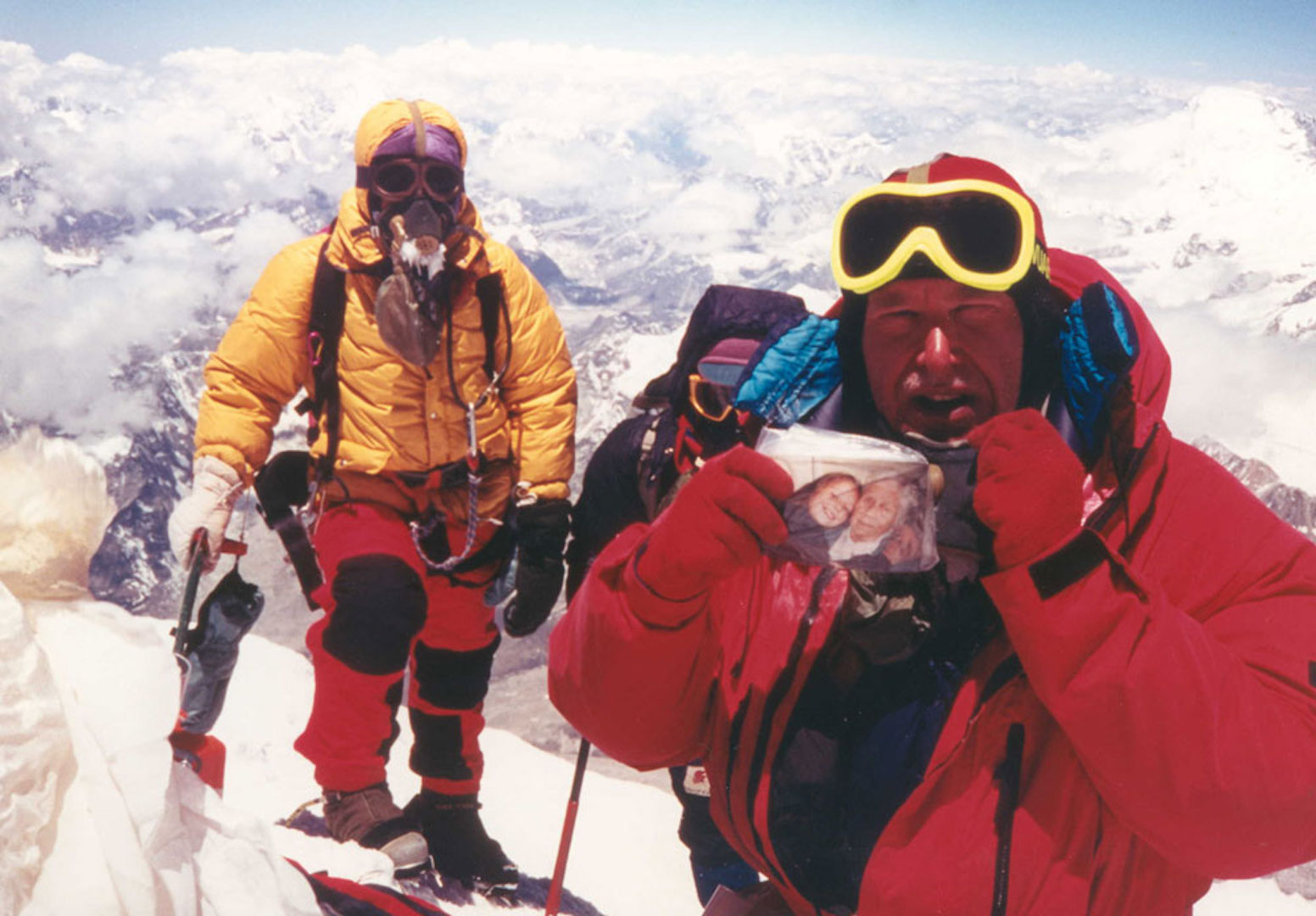
I wrote those words 25 years ago, it was a graphic description of what it felt like to be at extreme altitude, in the death zone, where human life is measured in hours.
The region above 8000m (realistically above 7500m) is the most inhospitable on the planet. It is impossible for human beings to survive for more than a few days at the most, no matter how well acclimatised they are. Life expectancy can be measured in hours. The oxygen-depleted air is too thin, the atmospheric pressure too low. It is known as the death zone.
Being at extreme altitude is unpleasant and dangerous, and an ability to overcome suffering and tolerate hardship is essential. Just living is an arduous task and you must constantly be aware and monitor what is happening to your body. Symptoms of mountain sickness, such as a bodily malaise, nausea, headaches, shortness of breath or gasping and a rapid pulse rate, can be felt at much lower altitudes and care needs to be taken even well below 8000m. Acute mountain sickness (AMS) can rapidly develop into either high altitude pulmonary oedema (HAPE) or high altitude cerebral oedema (HACE), both of which are killers. Some drugs such as dexamethasone might help mitigate AMS, but essentially there are 3 cures: descent, descent, descent. If you get trapped in the death zone in bad weather or injured and not able to move you will die.

